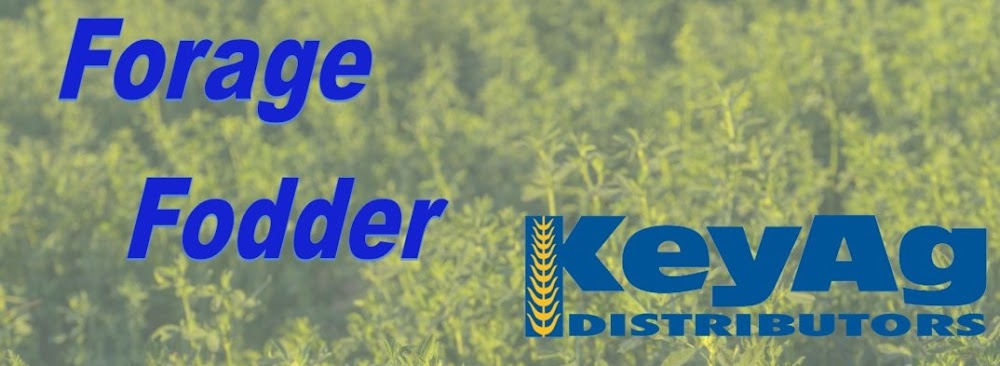Colorado—In the Sept. 1 report, trade activity moderate on very good demand for horse hay markets. According to the NASS Colorado Crop Progress Report for the week ending Aug. 28, third cutting alfalfa harvested is 45%. Stored feed supplies were rated 22% very short, 22% short, 53% adequate, and 3% surplus.
Missouri—In the Sept. 1 report, compared to last report, hay supplies are light to moderate. Hay movement is moderate, demand is moderate to good and prices are steady to firm. Despite the fact drought conditions have slowly been improving over the last three or four weeks and many areas are seeing green growing pastures, over all statewide pasture conditions actually declined pretty significantly over the last week. As of the latest report 36% of pastures are rated very poor to poor, 32% fair and 32% good to excellent. Although fall haying accounts for a very small portion of the states’ annual hay harvest many farmers are hoping for significant fall growth in order to add some bales to the short inventory, however if these hopes will turn in to reality is still a big question in many areas at the current time.
Nebraska—In the Sept. 1 report, compared to last week, all reported forages sold fully steady. Buyer inquiry and demand was good. More people calling hay contacts and are reserving at least one load with some putting their name on several loads of hay. Rumblings on cornstalk price this fall has started with no confirmed sales to date. Most every contact from east to west stated we are short on total tonnage, and it won’t be long before we will be out of hay. Some pressure continues from out of state buyers, especially from Kansas. Kansas silage tonnage was a disappointment to some producers. So, they are up in Nebraska and other states North of us trying to buy hay for feedlot use. Nebraska producers are finishing up on fourth cutting of alfalfa with others on third cutting. Pivots turn back on as soon as the crop is off the field for another cutting. Many producers have just gone for tonnage and not dairy quality hay. Only have made dairy type hay if they have already had a signed contract.
Oklahoma—In the Aug. 26 report, compared to the last report, hay is getting tighter. Farmers and hay producers are beginning to get creative with baling up their milo, soybeans, and corn stalks. The rain did come across the parts of the state which brought cooler temperatures and which we might possibly receive a second cutting. Next report will be Sept. 11.
Texas—In the Sept. 2 report, compared to the last report, hay prices remain firm in all regions. Hay demand remains good on moderate to active trading activity. Pastures have recovered across much of the state due to recent rains, and many producers are beginning sew in winter wheat. However, weeds have become a nuisance now that these droughted out pastures have received some rain. According to the US Drought Monitor, rainfall records show that the previous two weeks ranked in the top 10 wettest for this time of year in many locations in the southern region of the US. This has led to broad 1- and 2-category improvements across large parts of the South. Next report will be Sept. 16.
New Mexico—In the Sept. 2 report, compared to last week, alfalfa hay prices steady. Trade very active, demand very good. Supplies tight for top quality hay. The southern and eastern part of the state are finished with the fifth cutting. Some hay producers reporting an abundance of black hay.
South Dakota—In the Sept. 2 report, compared to last week, alfalfa and grass hay remain firm. Good demand for all types of hay and qualities of hay. Hot day time temps and lower humidity helped the hay producers who waited until this week to make their third cutting. Tonnage was reduced due to the very dry summer, but the lower relative humidity helped the hay to cure quickly. Hot weather remains for next week before a cool down is forecast to arrive the following week. Corn silage harvest underway already due to the hot and dry summer.
Wyoming—In the Sept. 1 report, compared to last week, all reported forages sold fully steady. Demand was good. Most hay staying in the local trade market with some squares going to out of state buyers. Mostly dry conditions across the state. Some areas in the West did report some rain showers at the end of last week. Mostly hot dry weather across the state this week. Producers in the west are on second cutting and the producers in the east starting on third cutting.
Montana—In the Sept. 2 report, compared to last report, hay sold generally steady. Demand for hay was moderate for mostly moderate offerings. Ranchers and feedlot owners continue to buy hay for winter needs. Hay prices nearest drought stricken areas remain the highest. Most hay sales this week were reported from central and northern Montana. Hay continues to sell to Washington and Idaho which adds more support for western prices. Hay from the Dakotas is starting to be sold into Montana as many ranchers report hay is $150-$175 FOB the Western Dakotas and is being delivered into Montana for $190-$205. Straw demand was mostly moderate to good, large supplies are being baled across the state, which has allowed some prices to slide lower.


No comments:
Post a Comment